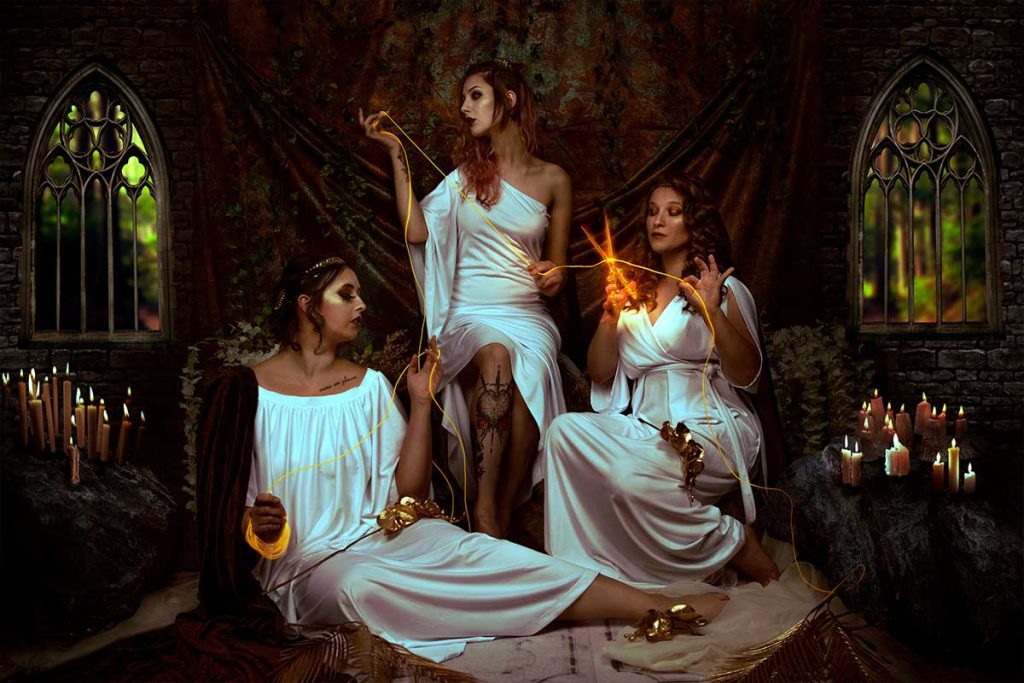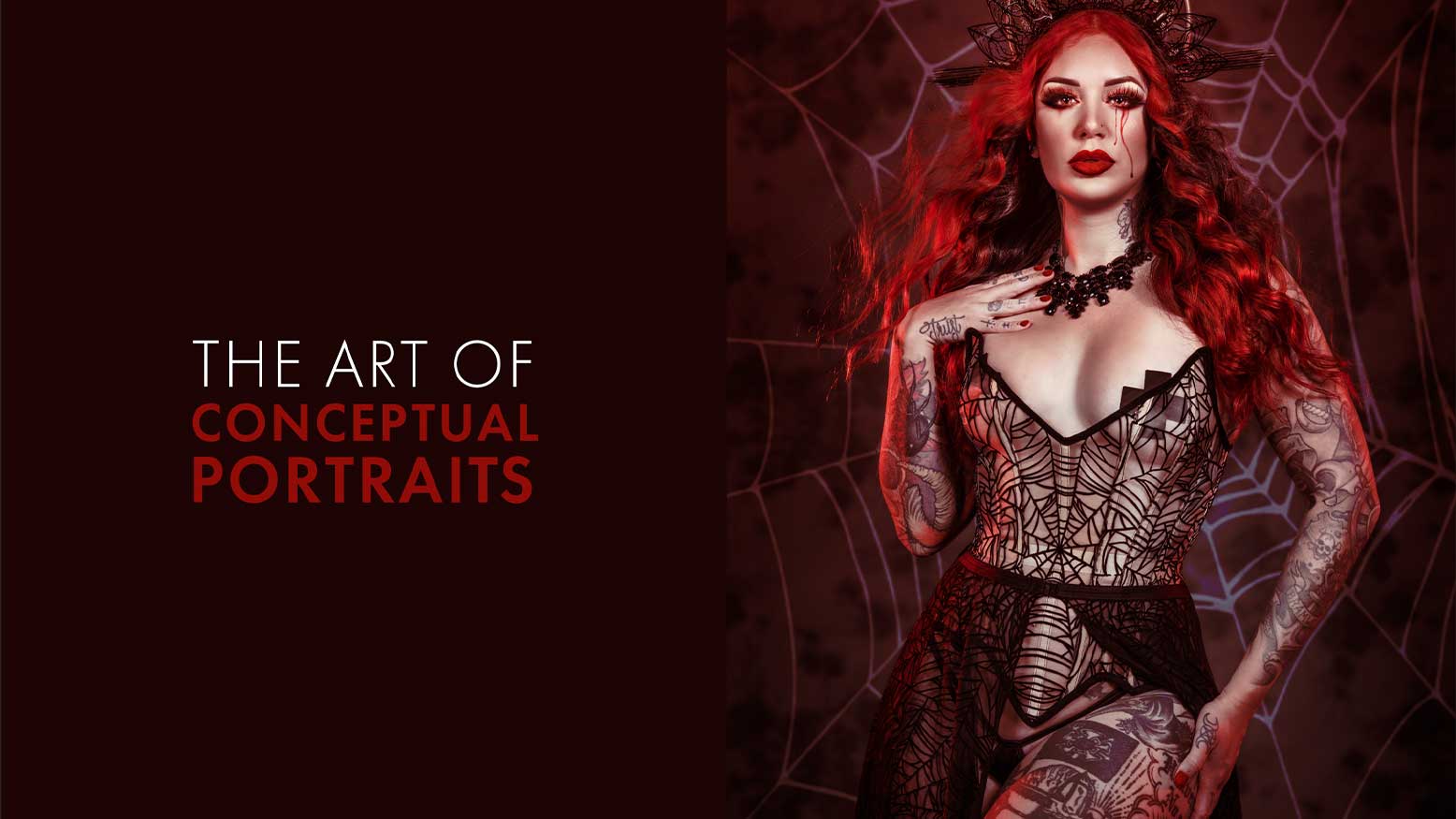The Art of Conceptual Portraits with Jess Hess
Conceptual Portraits have been important to humans for as long as anyone can remember, starting with cave drawings, etchings and sculptures, then moving on to paintings and eventually numerous types of early-stage photography. Photographs these days can be important for all sorts of reasons, but long ago the largest reason to have a portrait was to remember or immortalize a person of significance. A person of significance back then would have been the leaders, healers, heroes of a community. Effigies were created for these people so their likeness could be captured and saved for all time.
As the years moved on and portraiture evolved, “people of significance” became your families, your local business owners, etc. People started having paintings done of themselves and their families. They started having multiple portraits done showing their various homes or hobbies or loves.
These days, a portrait doesn’t have to be so serious, nor does it have to be important to a person to be captured. It’s perfectly commonplace these days to take 30 photos of your new haircut only to post one, or to take a bunch of photos of your cat licking your face, solely because “Biscuits looked so cute!” Portraits today are so easy to take that they don’t need to have a reason to be taken, other than simply wanting to take them. This allows us as individuals to get super creative. Without needing a reason to create and without needing a foundation for something to be allowed to exist, we started turning portraits into something that was fun. We started doing our makeup, getting dressed up, putting on wigs and capturing ourselves as these alter egos. We started becoming these characters that we were making up in our own heads and portrayed those characters by dressing up and taking photos.
So, what are conceptual portraits? What is the difference between them and traditional portraits and typical conceptual photos? Normal portraits portray a person as themselves, whereas conceptual portraits portray a character that the person is playing, or an inner part of themselves that they are bringing out. Classic portraits are very “what you see is what you get,” very surface level in terms of theme. A traditional portrait says, “This is me; this is who I am and what I look like.“ A conceptual portrait, however, says something different. It might say, “This is how I feel” or “This is who I want to be.”
Typical conceptual photographs portray a concept or theme but aren’t entirely focused on the relation to that concept from the subject. I like to think of conceptual portraiture as something that tells a part of a story, focusing only on the subject, and that the story is secondary to that subject. So the theme or idea is there, but you’re really just seeing a character in that story rather than the whole story itself. As an example of this, picture a photo of Rapunzel in a tall tower, with her suitor climbing her hair. That would be a conceptual photo, for sure. Now take that idea and only show Rapunzel sitting on her floor, posed gracefully in a bed of hair and flowers. That isn’t telling a story, but it is showing the character in a story and would be considered a conceptual portrait more so than just a conceptual photograph. It isn’t a conceptual photo showing the tale of Rapunzel being saved, it is rather just a portrait of her, this imaginary character, as she is.





